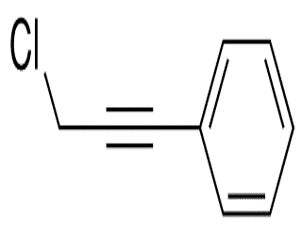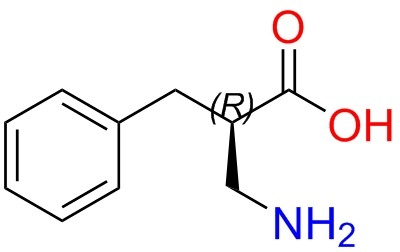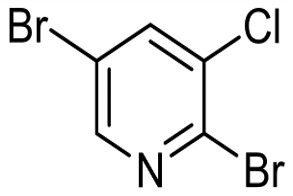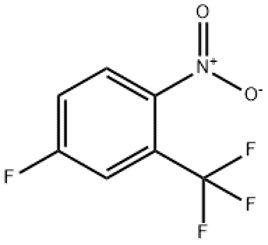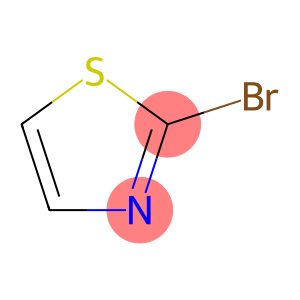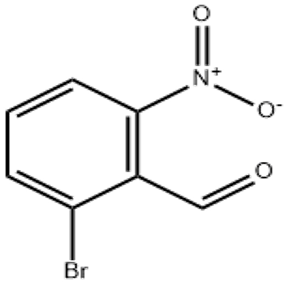2,2,6,6,7,8,8-heptamethyl-2H,3aH,4H,5H,6H,7H,8H,8bH-indeno[4,5-d][1,3]dioxole(CAS#823178-41-2)
2,2,6,6,7,8,8-heptamethyl-2H,3aH,4H,5H,6H,7H,8H,8bH-indeno[4,5-d][1,3]dioxole(CAS#823178-41-2)
chemical structure
The molecule contains the core backbone of indano[4,5-d][1,3]dioxazole, which is a structure formed by the fusing of the indane ring with the [1,3]dioxazole ring, which has high rigidity and stability. There are methyl groups attached at positions 2, 6, 7, and 8, for a total of seven methyl groups, and the presence of these methyl groups affects the spatial configuration and physicochemical properties of the compound.
Physical
Appearance: May be colorless to pale yellow solid or liquid, depending on factors such as its purity and crystalline state.
Odor: There is no clear literature on its odor characteristics, and it is speculated that it may have a faint peculiar odor.
Solubility: Because its molecule has a large non-polar part, it is soluble in some organic solvents, such as toluene, methylene chloride, chloroform, etc., but it has poor solubility in water.
Melting and boiling point: Precise melting and boiling point data are not publicly reported, but it can be expected that the melting and boiling points are relatively high due to the presence of certain van der Waals forces between molecules and the influence of methyl groups.
Chemical properties
Stability: Under normal temperature and pressure, it is relatively stable under general storage conditions. However, under extreme conditions such as high temperatures, strong acids, strong bases, or strong oxidants, chemical reactions may occur, resulting in changes in the molecular structure. For example, under strong acidic conditions, the dioxazole ring may undergo a ring-opening reaction; Strong oxidants may oxidize methyl groups or other active sites.
Reactivity: Although the compound is relatively stable, some chemical reactions can occur under the right conditions. For example, the hydrogen atom on its methyl group can be replaced by a halogen atom under certain conditions; The indeceleric moiety may be involved in the electrophilic substitution reaction of some aromatic groups; The oxygen atom on the dioxazole ring has a certain lone pair of electrons, which can participate in some coordination reactions or combine with protons as an electron donor.
use
Organic synthesis intermediates: Due to their unique structure and reactivity, they can be used as key intermediates in organic synthesis to construct more complex organic molecular structures. By carrying out various chemical reactions, such as substitution reactions, addition reactions, etc., compounds with specific functions and properties can be prepared and applied in medicinal chemistry, materials science and other fields.
Potential material applications: Based on their molecular structure and properties, they may have potential applications in the preparation of certain functional materials. For example, in organic optoelectronic materials, their fused ring structure and methyl substituents may affect the electron transport and optical properties of molecules, and are expected to be used in the preparation of functional layer materials in organic light-emitting diodes (OLEDs), organic solar cells and other devices.


![2,2,6,6,7,8,8-heptamethyl-2H,3aH,4H,5H,6H,7H,8H,8bH-indeno[4,5-d][1,3]dioxole(CAS#823178-41-2) Featured Image](https://www.xinchem.com/uploads/heptamethyl.jpg)
